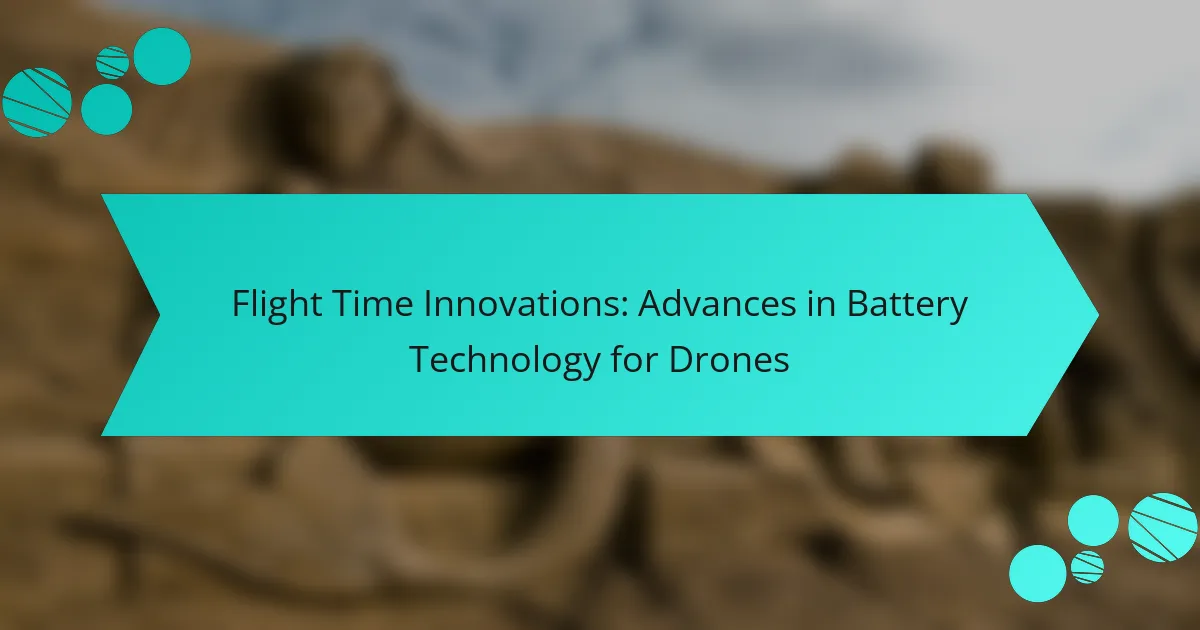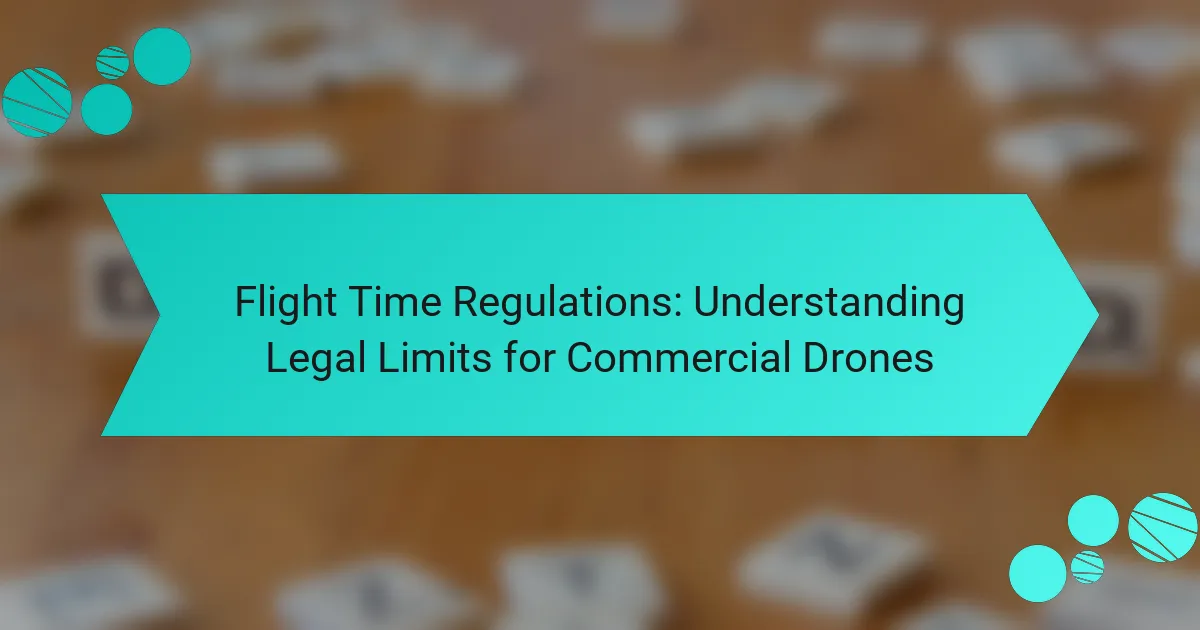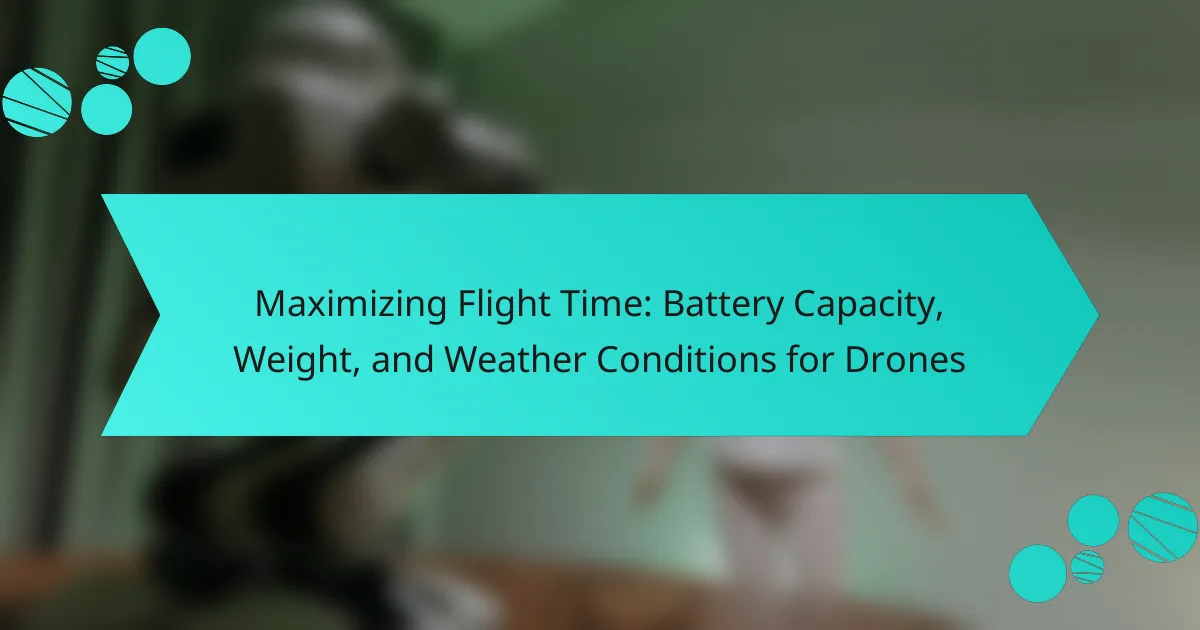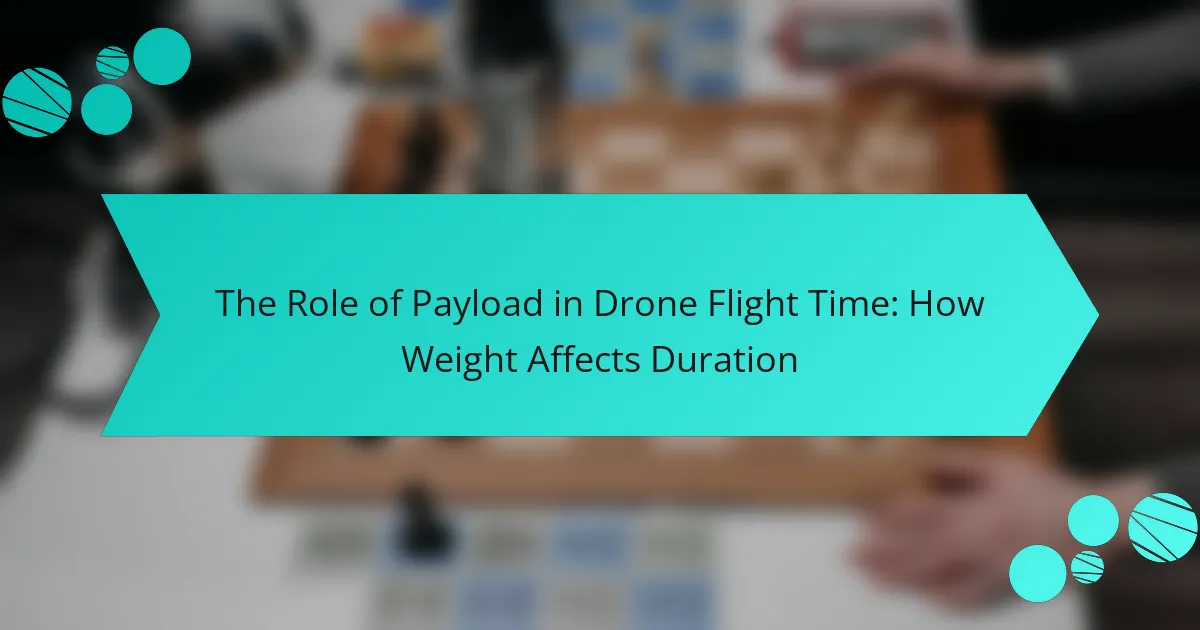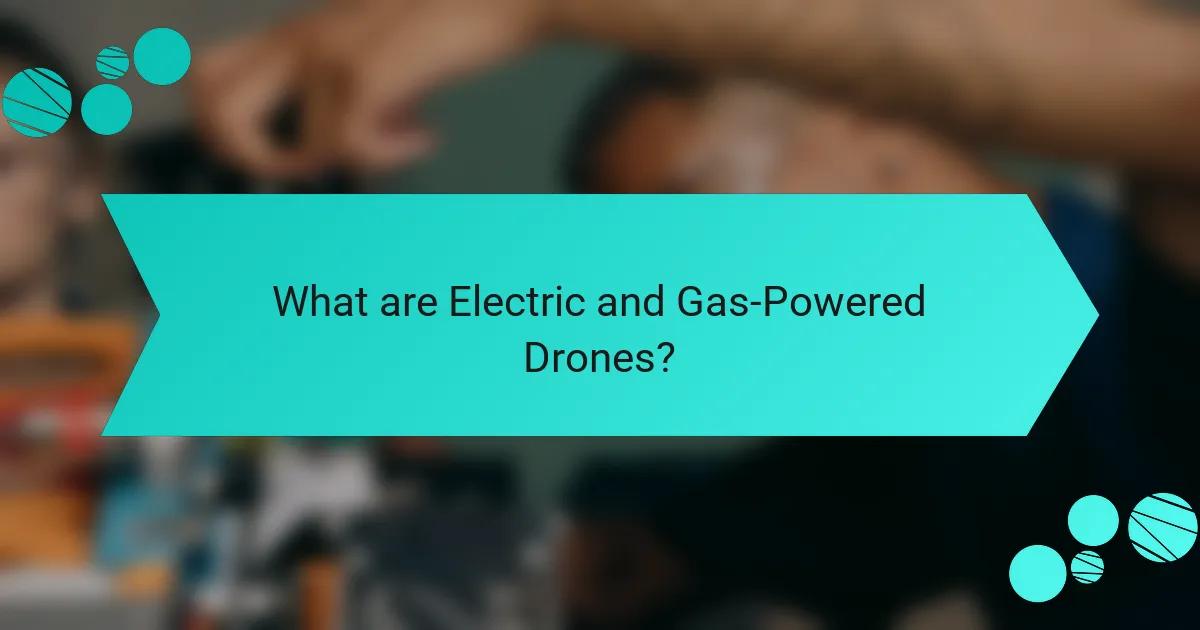
What are Electric and Gas-Powered Drones?
Electric and gas-powered drones are two types of unmanned aerial vehicles distinguished by their power sources. Electric drones use batteries to power electric motors, making them quieter and often more user-friendly. Gas-powered drones utilize internal combustion engines fueled by gasoline or other fuels, providing longer flight times and higher payload capacities. Electric drones typically have shorter flight times, averaging 20 to 30 minutes, depending on battery size. In contrast, gas-powered drones can achieve flight times of 60 minutes or more due to their fuel efficiency. The choice between electric and gas-powered drones depends on the specific requirements of the mission, such as flight duration and payload needs.
How do Electric Drones differ from Gas-Powered Drones?
Electric drones operate using batteries, while gas-powered drones use internal combustion engines. Electric drones typically have quieter operation compared to the noise produced by gas engines. In terms of maintenance, electric drones require less upkeep due to fewer moving parts. Gas-powered drones generally offer longer flight times due to larger fuel capacity. However, electric drones are often more environmentally friendly, producing zero emissions during flight. The charging time for electric drones is usually shorter than refueling gas-powered drones. Electric drones are often lighter, which can enhance maneuverability. Gas-powered drones can carry heavier payloads due to their robust engines.
What are the key components of Electric Drones?
The key components of electric drones include the frame, motors, battery, electronic speed controllers (ESC), and flight controller. The frame provides structural support and houses all other components. Motors generate thrust to lift the drone. The battery supplies power and is typically lithium polymer for optimal energy density. Electronic speed controllers regulate the power sent to the motors. The flight controller processes data from sensors and controls the drone’s movement. Each component plays a crucial role in the drone’s functionality and performance.
What are the key components of Gas-Powered Drones?
The key components of gas-powered drones include the engine, fuel system, airframe, control system, and propellers. The engine provides the necessary power for flight, typically using a two-stroke or four-stroke design. The fuel system manages the gasoline and oil mixture, ensuring optimal combustion. The airframe supports all components and influences aerodynamics and stability. The control system includes electronic components that manage flight operations and navigation. Lastly, the propellers convert engine power into thrust, critical for lift and maneuverability. Each of these components plays a vital role in the overall functionality and performance of gas-powered drones.
What are the primary uses of Electric and Gas-Powered Drones?
Electric and gas-powered drones serve various primary uses. Electric drones are commonly used for aerial photography and videography. They are favored for their quiet operation and ease of use. Gas-powered drones are often utilized for agricultural monitoring and large-scale surveys. Their longer flight times make them suitable for extended missions. Both types are employed in search and rescue operations. Drones are also used in infrastructure inspection and environmental monitoring. The versatility of these drones allows them to adapt to different industry needs.
In which industries are Electric Drones predominantly used?
Electric drones are predominantly used in industries such as agriculture, construction, and logistics. In agriculture, they facilitate crop monitoring and precision farming. The construction industry utilizes electric drones for site surveys and inspections. Logistics companies employ them for package delivery and inventory management. Additionally, electric drones are used in environmental monitoring and disaster response. Their versatility and efficiency make them suitable across these sectors.
In which industries are Gas-Powered Drones predominantly used?
Gas-powered drones are predominantly used in industries such as agriculture, construction, and film production. In agriculture, they assist with crop monitoring and pesticide spraying. Construction companies utilize them for site surveying and progress monitoring. The film industry employs gas-powered drones for aerial cinematography due to their extended flight times. These industries benefit from the longer endurance and payload capacity that gas-powered drones offer compared to electric models.
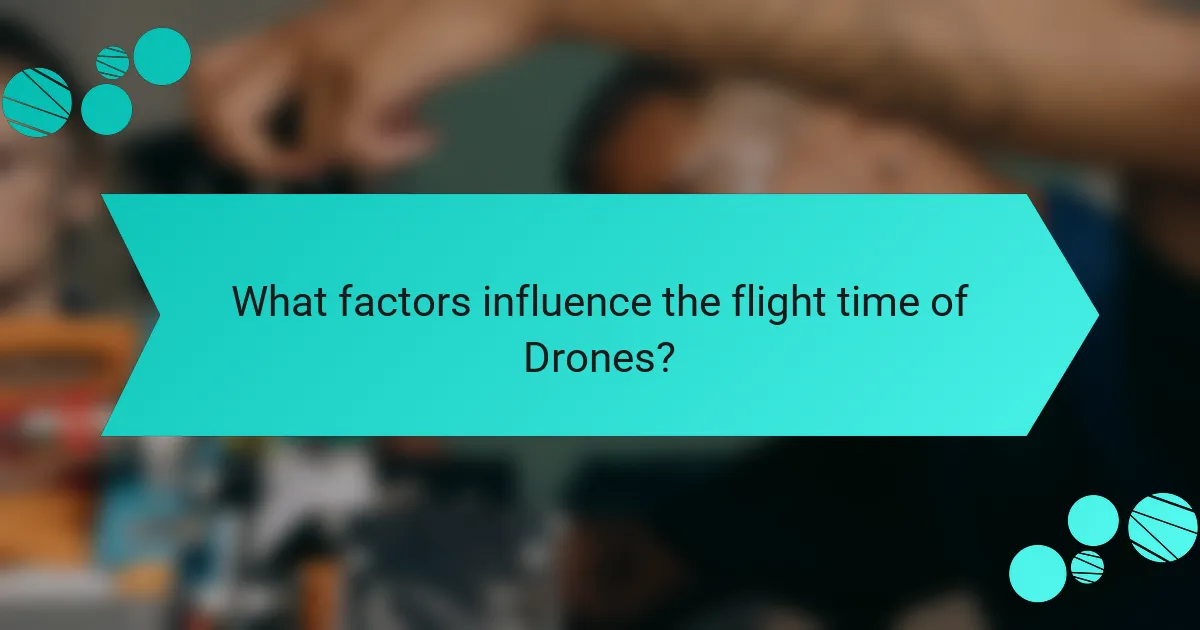
What factors influence the flight time of Drones?
The flight time of drones is influenced by several key factors. Battery capacity is a primary factor for electric drones. A higher capacity, measured in milliamp hours (mAh), typically allows for longer flight durations. Weight also plays a crucial role; heavier drones consume more power, reducing flight time. Aerodynamics affects how efficiently a drone moves through the air. Better aerodynamic designs can enhance flight time by reducing drag. Weather conditions, such as wind speed and temperature, impact flight efficiency. Strong winds can increase energy consumption, while extreme temperatures can affect battery performance. Additionally, the type of propulsion system influences flight time; gas-powered drones generally have longer flight times due to larger fuel tanks compared to electric batteries. Finally, the flight mode and payload also affect how long a drone can stay airborne. Drones carrying heavy payloads or operating in aggressive flight modes may experience shorter flight times.
How does battery capacity affect flight time in Electric Drones?
Battery capacity directly affects flight time in electric drones. Higher capacity batteries store more energy, enabling longer flight durations. For example, a drone with a 5000 mAh battery can typically fly for 25-30 minutes. Conversely, a 2000 mAh battery may only allow for 10-15 minutes of flight. This difference is due to the energy consumption rate of the drone’s motors and systems. Therefore, increasing battery capacity generally results in extended flight time.
What is the average battery capacity of Electric Drones?
The average battery capacity of electric drones is typically between 3000 mAh and 6000 mAh. This range allows for various flight times depending on the drone’s design and weight. For instance, consumer drones often feature batteries around 5000 mAh. Higher-end models can exceed this capacity, providing longer flight durations. Battery capacity directly influences flight time and performance. Thus, understanding these specifications is crucial for users seeking optimal drone performance.
How does battery efficiency impact overall performance?
Battery efficiency directly impacts overall performance by determining how long a device can operate on a single charge. High battery efficiency allows for longer flight times in electric drones. This means that drones can cover more distance and complete tasks without needing frequent recharges. Conversely, low battery efficiency results in shorter flight times and increased downtime for charging. Research indicates that electric drones with efficient batteries can achieve up to 30% longer flight times compared to less efficient models. Therefore, optimizing battery efficiency is crucial for maximizing the performance of electric drones.
What role does fuel capacity play in the flight time of Gas-Powered Drones?
Fuel capacity directly influences the flight time of gas-powered drones. Higher fuel capacity allows for longer operational periods. This is because more fuel translates to more energy available for the engine. Gas-powered drones typically have flight times ranging from 30 minutes to several hours, depending on fuel capacity. For instance, a drone with a 2-liter fuel tank can fly significantly longer than one with a 0.5-liter tank. The engine’s efficiency also plays a role in utilizing the fuel effectively. Therefore, larger fuel tanks generally lead to extended flight durations.
What is the average fuel capacity of Gas-Powered Drones?
The average fuel capacity of gas-powered drones is typically between 1 to 5 liters. This range allows for extended flight times compared to electric drones. Most gas-powered drones utilize a two-stroke engine, which is efficient for longer operations. For instance, a drone with a 2-liter fuel tank can achieve flight times of over 30 minutes. This capacity is beneficial for applications like agriculture and surveillance, where longer durations are essential. The fuel capacity directly impacts the drone’s operational range and endurance.
How does fuel type influence flight duration?
Fuel type significantly influences flight duration in drones. Electric drones typically have shorter flight times compared to gas-powered drones. Electric drones rely on battery capacity, which limits their operational time. For instance, a standard electric drone may fly for 20 to 30 minutes on a fully charged battery. In contrast, gas-powered drones can operate for several hours due to larger fuel tanks. Gas engines also provide a more consistent power output over extended periods. This difference in energy density between batteries and fuel impacts overall flight duration. Gasoline has a higher energy density than lithium batteries, allowing gas-powered drones to cover longer distances without refueling. Data shows that gas-powered drones can achieve flight times of 2 to 5 hours, depending on fuel capacity and engine efficiency.
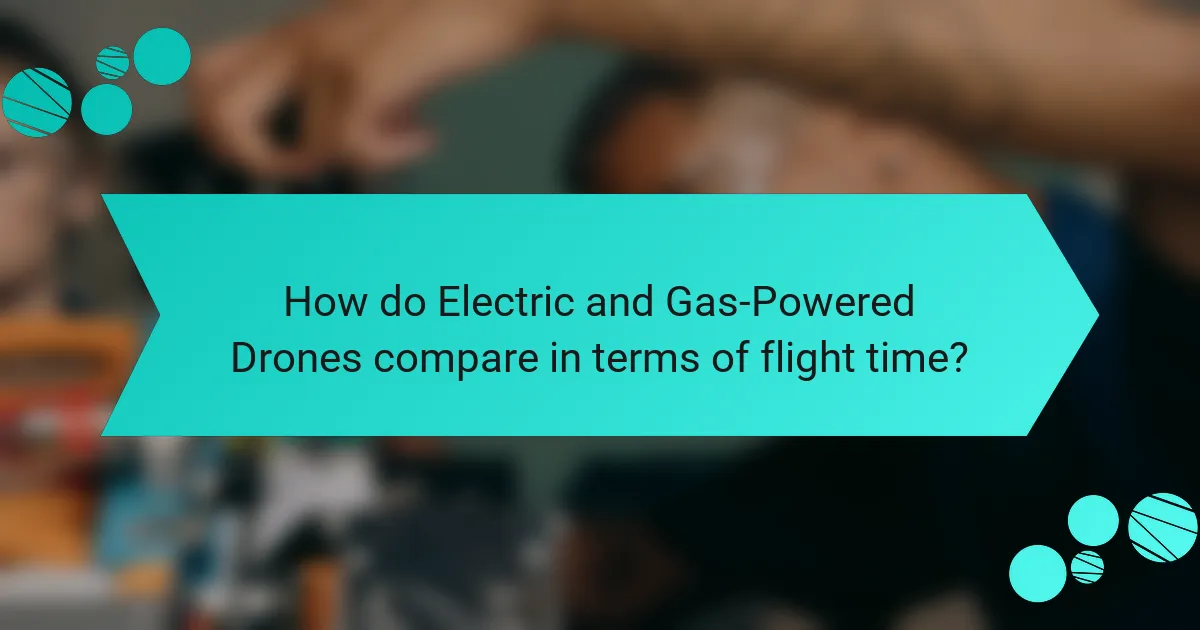
How do Electric and Gas-Powered Drones compare in terms of flight time?
Electric drones typically have a shorter flight time compared to gas-powered drones. Electric drones usually offer around 20 to 30 minutes of flight time. This is due to the limitations of battery capacity. In contrast, gas-powered drones can achieve flight times of 1 to 2 hours or more. Gas-powered drones utilize fuel, which allows for longer operation without the need for recharging. The difference in flight time is significant, making gas-powered drones preferable for extended missions.
What is the average flight time for Electric Drones?
The average flight time for electric drones is typically between 20 to 30 minutes. This duration can vary based on the drone’s battery capacity and weight. Most consumer electric drones are designed to optimize flight time within this range. High-end models may achieve up to 40 minutes under optimal conditions. Factors affecting flight time include payload, weather conditions, and flying style. Research indicates that advancements in battery technology are gradually increasing these times. For instance, some newer models utilize lithium polymer batteries that enhance efficiency.
What factors can extend the flight time of Electric Drones?
Battery capacity is a primary factor that can extend the flight time of electric drones. Higher capacity batteries store more energy, allowing for longer flight durations. Efficiency of the drone’s motors also plays a critical role. More efficient motors consume less power, which can prolong flight time. Weight reduction is another significant factor. Lighter drones require less energy to remain airborne, enhancing flight duration. Aerodynamic design contributes as well. Better aerodynamics reduce drag, resulting in improved energy efficiency. Lastly, environmental conditions affect flight time. Favorable weather conditions, such as low wind, can lead to extended flight durations.
What factors can reduce the flight time of Electric Drones?
Battery capacity directly impacts the flight time of electric drones. A lower battery capacity results in shorter flight durations. Weight also plays a crucial role; heavier drones consume more power. Wind resistance can decrease efficiency, leading to reduced flight time. Flight speed affects energy consumption; faster speeds drain batteries quicker. Temperature influences battery performance; colder conditions can reduce capacity. Additionally, the type of payload affects flight time; heavier loads require more energy. Lastly, motor efficiency is vital; less efficient motors consume more power, shortening flight duration.
What is the average flight time for Gas-Powered Drones?
The average flight time for gas-powered drones is approximately 30 to 90 minutes. This duration varies based on factors such as the drone’s size, fuel capacity, and payload. Gas-powered drones typically offer longer flight times compared to electric drones. For instance, a larger gas-powered drone can achieve up to 90 minutes of continuous operation. This efficiency is due to the energy density of gasoline compared to batteries. The specific flight time can also be influenced by operational conditions like weather and terrain.
What factors can extend the flight time of Gas-Powered Drones?
The flight time of gas-powered drones can be extended by optimizing fuel efficiency, reducing weight, and maintaining engine performance. Fuel efficiency can be improved by using higher-quality fuel and tuning the engine properly. Reducing weight involves minimizing unnecessary components and using lightweight materials in construction. Maintaining engine performance includes regular maintenance checks and ensuring that the engine is clean and well-lubricated. Additionally, aerodynamic design can play a role in extending flight time by reducing drag. These factors collectively contribute to longer operational durations for gas-powered drones.
What factors can reduce the flight time of Gas-Powered Drones?
Weight of the drone can significantly reduce the flight time of gas-powered drones. Heavier drones require more power to maintain lift. Increased power demand leads to faster fuel consumption. Aerodynamic drag also affects flight time. Poor design increases resistance against airflow. This results in higher fuel usage. Engine efficiency plays a crucial role as well. An inefficient engine burns fuel faster, shortening flight duration. Environmental factors, such as wind speed and temperature, can also impact flight time. Strong winds increase fuel consumption due to resistance. Higher temperatures can affect engine performance, leading to reduced efficiency.
Which type of drone offers better flight time performance overall?
Gas-powered drones offer better flight time performance overall. These drones typically have larger fuel tanks than electric drones have battery capacities. As a result, gas-powered drones can achieve flight times ranging from 30 to 60 minutes. In contrast, electric drones usually have flight times of 20 to 30 minutes. The efficiency of gas engines allows for extended operation without the need for frequent recharging. Additionally, gas-powered drones can carry heavier payloads, which further enhances their operational capabilities. Data from various studies confirm that gas-powered models consistently outperform electric ones in terms of flight duration.

What are the practical considerations for choosing between Electric and Gas-Powered Drones?
Electric drones typically offer shorter flight times compared to gas-powered drones. Electric drones usually have flight times ranging from 20 to 40 minutes. In contrast, gas-powered drones can achieve flight times of up to several hours. Electric drones require battery recharging, which can be time-consuming. Gas-powered drones can refuel quickly, allowing for more continuous operation. Weight is another consideration; electric drones are generally lighter, improving maneuverability. However, gas-powered drones can carry heavier payloads due to their robust engines. Noise levels differ; electric drones are quieter, making them suitable for urban environments. Gas-powered drones produce more noise, which may be a disadvantage in sensitive areas. Overall, the choice depends on flight duration needs, payload capacity, and operational environment.
What are the maintenance requirements for Electric Drones?
Electric drones require regular maintenance to ensure optimal performance and longevity. Key maintenance tasks include checking and replacing batteries as needed. Battery health directly impacts flight time and efficiency. Regularly inspecting propellers for damage is crucial, as damaged propellers can affect stability and safety. Cleaning the drone’s exterior and motors prevents dust buildup that could impair functionality. Updating firmware ensures that the drone operates with the latest features and safety protocols. Additionally, periodic calibration of sensors is necessary for accurate navigation and flight control. Following these maintenance requirements helps maintain the drone’s operational integrity and extends its lifespan.
What are the maintenance requirements for Gas-Powered Drones?
Gas-powered drones require regular maintenance to ensure optimal performance. Key maintenance tasks include checking and replacing the fuel filter regularly. It is essential to inspect the engine for any signs of wear or damage. Regularly cleaning the air filter helps maintain engine efficiency. The spark plug should be checked and replaced as needed to ensure reliable ignition. Additionally, the propellers must be inspected for nicks or damage, as this can affect flight stability. Regular lubrication of moving parts is crucial to prevent wear and tear. Following the manufacturer’s maintenance schedule is vital for longevity and performance.
What tips can help maximize flight time for both types of drones?
To maximize flight time for both electric and gas-powered drones, consider optimizing weight and battery efficiency. Reducing unnecessary weight enhances lift and extends flight duration. For electric drones, using high-quality batteries with a higher mAh rating can significantly improve flight time. Gas-powered drones benefit from using lighter fuel options, which can increase efficiency.
Maintaining optimal flying conditions, such as avoiding strong winds, can also enhance flight duration. Flying at moderate speeds rather than maximum throttle reduces energy consumption for both types. Regular maintenance, such as checking propeller condition and ensuring proper engine tuning, ensures efficient performance.
Finally, utilizing flight modes designed for efficiency, such as eco or cruise modes, can further extend flight time. These practices are supported by studies showing that weight reduction and efficient energy management lead to longer flight durations.
The main entity of the article is the comparison of flight time between electric and gas-powered drones. The article provides a detailed analysis of the differences in power sources, flight durations, and operational characteristics of both types of drones. Key components, primary uses across various industries, and factors influencing flight time are discussed, highlighting the advantages and limitations of each drone type. The article also covers maintenance requirements and practical considerations for choosing between electric and gas-powered drones, ultimately establishing that gas-powered drones generally offer longer flight times and greater payload capacities.
